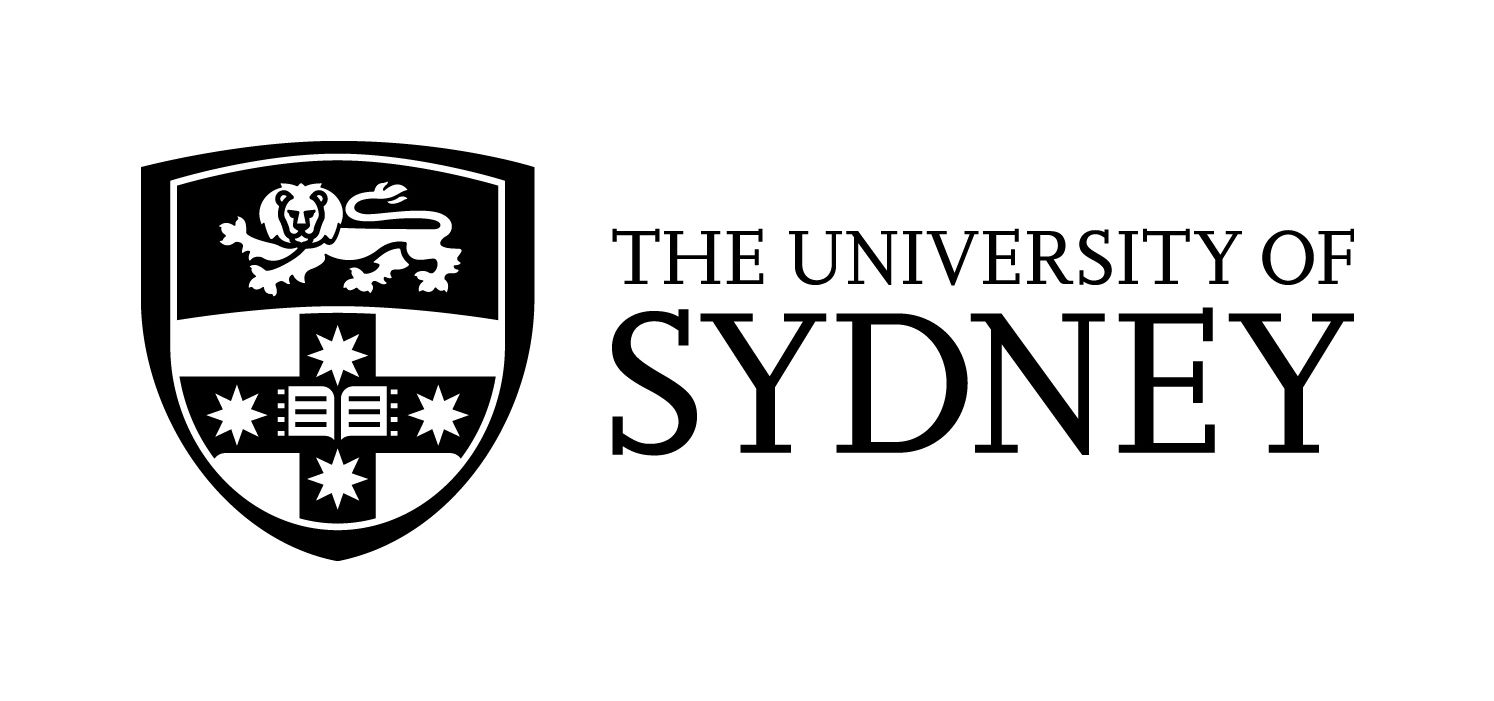Full description
This data collection is associated with the publication: Müller, R. D., Dyksterhuis, S., & Rey, P. (2012). Australian palaeo-stress fields and tectonic reactivation over the past 100 Myr. Australian Journal of Earth Sciences, 59, 13-28. doi: 10.1080/08120099.2011.605801.
Publication Abstract
Even though a multitude of observations suggest time-dependent regional tectonic reactivation of the Australian Plate, its large-scale intraplate stress field evolution remains largely unexplored. This arises because intraplate paleo-stress models are difficult to construct, and that observations of tectonic reactivation are often hard to date. However, because the Australian plate has undergone significant changes in plate boundary types and geometries since the Cretaceous, we argue that even simple models can provide some insights into the nature and timing of crustal reactivation through time. We present Australian intraplate stress models for key times from the Early Cretaceous to the present, and link them to geological observations for evaluating time-dependent fault reactivation. We focus on the effect time-dependent geometries of mid-ocean ridges, subduction zones and collisional plate boundaries around Australia have on basin evolution and fault reactivation through time by reconstructing tectonic plates, restoring plate boundary configurations, and modelling the effect of selected time-dependent plate driving forces on the intraplate stress field of a rheologically heterogeneous plate. We compare mapped fault reactivation histories with paleo-stress models via time-dependent fault slip tendency analysis employing Coulomb-Navier criteria to determine the likelihood of strain in a body of rock being accommodated by sliding along pre-existing planes of weakness. This allows us to reconstruct the dominant regional deformation regime (reverse, normal or strike-slip) through time. Our models illustrate how the complex interplay between juxtaposed weak and strong geological plate elements and changes in far-field plate boundary forces have caused intraplate orogenesis and/or tectonic reactivation in basins and fold belts throughout Australia.
Authors and Institutions
R. Dietmar Müller - EarthByte Research Group, School of Geosciences, The University of Sydney, Australia. ORCID: 0000-0002-3334-5764
Scott Dyksterhuis - EarthByte Research Group, School of Geosciences, The University of Sydney, Australia
Patrice Rey - EarthByte Research Group, School of Geosciences, The University of Sydney, Australia
Overview of Resources Contained
This data collection includes models for the magnitude and direction of maximum horizontal stress for the Australian continent for specified time slices since the mid Cretaceous.
List of Resources
Note: For details on the files included in this data collection, see “Description_of_Resources.txt”.
Note: For information on file formats and what programs to use to interact with various file formats, see “File_Formats_and_Recommended_Programs.txt”.
- Present-day (.txt, .nc, .jpg, .kmz, total 4.4 MB)
- Miocene (11-6 Ma) (.txt, .nc, .jpg, total 4.2 MB)
- Miocene (23-11 Ma) (.txt, .nc, .jpg, total 4.5 MB)
- Miocene (pre 23 Ma) (.txt, .nc, .jpg, total 4.4 MB)
- Eocene (55 Ma) (.txt, .nc, .jpg, total 4.2 MB)
- Mid Cretaceous (100 Ma) (.txt, .nc, .jpg, total 4.5 MB)
- Colour palette files (.cpt, total 8 KB)
For more information on this data collection, and links to other datasets from the EarthByte Research Group please visit EarthByte
For more information about using GPlates, including tutorials and a user manual please visit GPlates or EarthByte
Data time period:
Cretaceous to Present
text: Australia
User Contributed Tags
Login to tag this record with meaningful keywords to make it easier to discover
- DOI : 10.4227/11/5587A84FEA042



